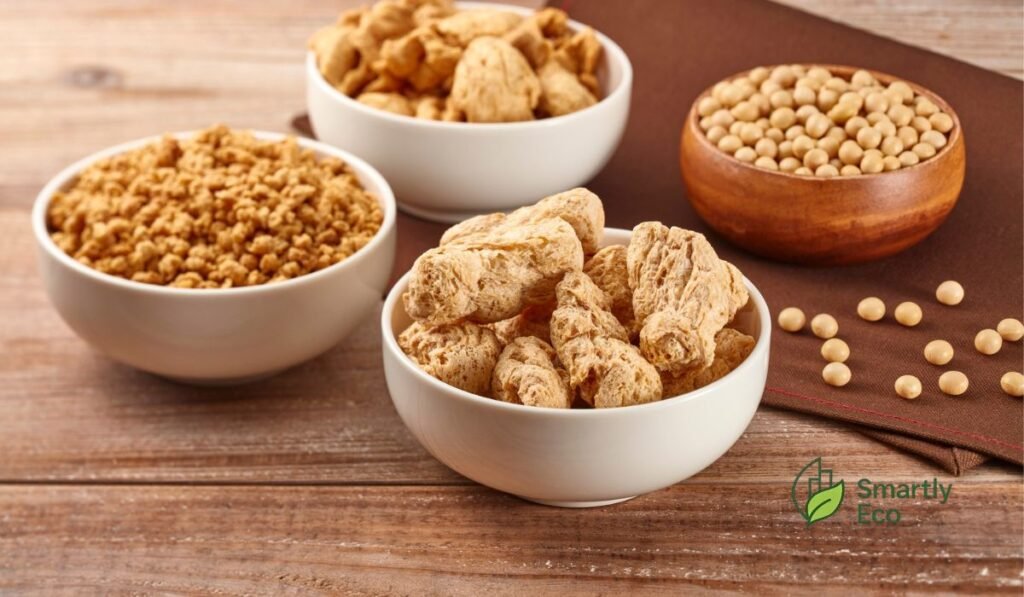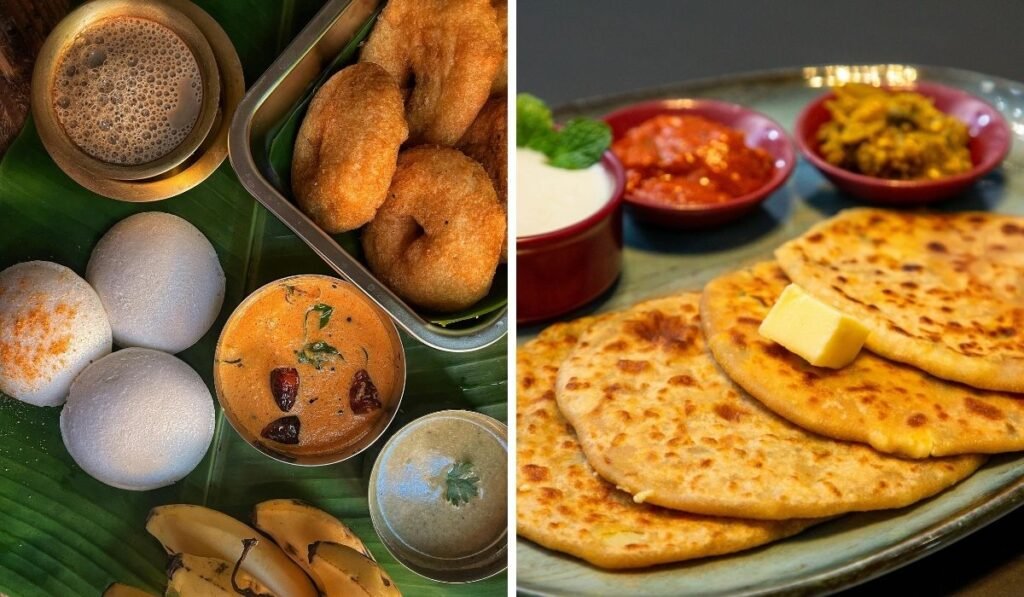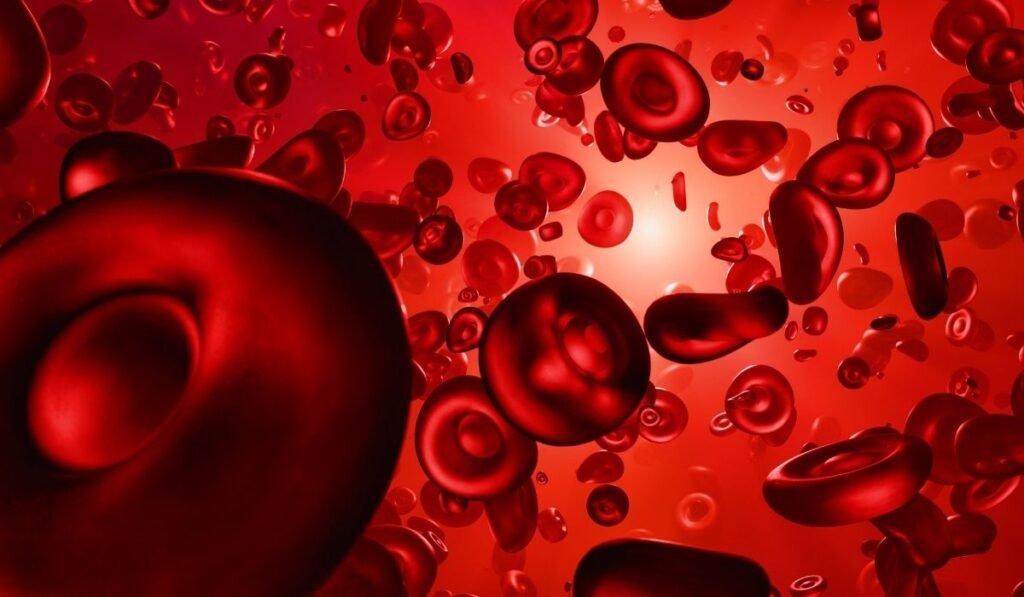“Bhai, I feel tired all the time,” my younger brother complained last month while munching on chips after work. He had started losing muscle, skipped gym sessions, and relied mostly on Maggi, bread, and packaged snacks.
This got me thinking—why do so many of us, especially in urban India, ignore the one nutrient that literally fuels our energy and strength: protein.
And no, I’m not talking about fancy whey powders. I’m talking about good old vegetarian foods we grew up eating—but somehow sidelined.
🟢 Why Protein Matters (But Often Ignored in India)
Most Indians underestimate protein. Studies show 73% of Indian diets are protein deficient. That means half of us aren’t giving our bodies the building blocks they need for muscles, energy, and even immunity.
My younger brother is a classic example. Breakfast? Bread with jam. Lunch? A big plate of rice and dal with hardly any dal. Snacks? Biscuits, chips, or some instant noodles. Dinner? More carbs.
Result? Always tired, frequent headaches, and a “skinny-fat” look. He wasn’t overeating junk food all the time—but the lack of protein was making him weak from the inside.
🟢 Common Mistakes Urban Vegetarians Make
Here’s where many of us go wrong (and yes, I’ve done these too):
- Carb overload: Roti, rice, potatoes on repeat, with hardly any protein-rich side.
- Processed “protein foods”: Packaged biscuits claiming “high-protein,” or flavored soya chunks fried in oil.
- Skipping balance: Eating dal without pairing it with rice/roti in the right ratio, missing out on complete protein.
Honestly, it’s not about eating more, it’s about eating smarter.
🟢 Top Vegetarian Protein Sources in India
1. Pulses & Legumes
Our very own dals—moong, masoor, rajma, chana, toor—are protein goldmines. Combine them with rice or roti, and you’ve got a complete protein meal.
👉 Swap idea: Instead of evening biscuits, try black chana chaat with onions, tomatoes, and lemon.
2. Dairy
Paneer, curd, milk, and buttermilk aren’t just delicious, they pack high-quality protein.
👉 Swap idea: A small bowl of curd with lunch helps digestion and adds protein.
3. Soy Products
Tofu and soya chunks are versatile, but don’t go overboard. 3–4 servings a week is enough.
👉 Swap idea: Make a tofu bhurji instead of plain aloo bhurji.
4. Nuts & Seeds
Almonds, peanuts, pumpkin seeds, flax—small in size, big on protein.
👉 Swap idea: Evening hunger pangs? Handful of roasted peanuts instead of chips.
5. Millets & Whole Grains
Ragi, bajra, jowar, quinoa—better than polished rice. They give fiber + protein together.
👉 Swap idea: Bajra roti with ghee beats plain maida paratha.
6. Sprouts
Sprouted moong, chana—super easy, super healthy.
👉 Swap idea: Make a sprout salad for mid-morning snacks.
🟢 How to Build a Daily Routine With Vegetarian Protein
Here’s the simple urban-friendly routine that worked for my brother:
- Morning: Soaked almonds + sprouts with lemon + a glass of milk.
- Lunch: Dal + millet roti + curd + sabzi.
- Evening: Peanut masala chaat OR roasted chana.
- Dinner: Paneer/tofu sabzi + multigrain roti + salad.
- Night: Herbal tea + early sleep.
Within 3 weeks, his energy came back. The best part? No fancy diet, just smart swaps.
🟢 Building the Habit Gradually (Urban Lifestyle Reality)
Let’s be real—it’s hard to suddenly change your entire eating pattern. Here’s how my brother managed step by step:
- Start with one meal: He first swapped evening chips with roasted chana.
- Prep in advance: Soaking dal or boiling chana at night made mornings easier.
- Smart swaps: He replaced bread-butter with a simple besan cheela.
- Carry handy snacks: Roasted peanuts or seed mix in his bag for office.
Small wins added up to big changes.
🟢 Practical Mistakes to Avoid
Even when you’re trying, watch out for these traps:
❌ Relying only on dairy (milk + paneer alone isn’t enough).
❌ Overloading soy chunks daily.
❌ Thinking protein powders will “fix everything.”
❌ Ignoring variety (dal, nuts, seeds, millets all matter).
🟢 FAQs
Q1. Can vegetarians really meet daily protein needs without meat or eggs?
Yes, 100%. Studies show that combining dals with rice/roti gives a “complete protein” profile. Add dairy (curd, paneer), nuts, and millets, and you’ll easily cover your protein needs. Even the Indian Council of Medical Research (ICMR) confirms plant-based diets can meet protein requirements if meals are balanced.
Q2. Which vegetarian foods are richest in protein per 100g?
- Soy chunks – ~52g protein per 100g (highest, but should be limited to a few times a week).
- Peanuts – ~25g protein per 100g (also a great budget option).
- Black chana – ~20g protein per 100g.
- Paneer – ~18g protein per 100g.
So, soy leads in numbers, but rotating foods keeps your nutrition balanced.
Q3. Is it safe to eat soy products every day?
Moderation is key. Research shows 2–3 servings of soy per week are safe and even beneficial for heart health. Overloading daily with soy chunks or soy milk isn’t recommended because it may affect digestion and hormone balance for some people.
Q4. What’s the most affordable vegetarian protein source in India?
Hands down, black chana (kala chana) and peanuts. They’re cheap, protein-dense, and widely available. For example, a ₹20 packet of roasted chana can give the same protein punch as an expensive imported bar.
Q5. Do I need protein powders if I’m vegetarian?
Not necessarily. If your meals include dal, roti/rice, curd, nuts, seeds, and some paneer/tofu, you’ll likely meet your daily protein requirement naturally. Powders are only useful for athletes or people struggling to meet needs due to lifestyle.
Q6. What are the common mistakes vegetarians make with protein?
- Relying only on dairy (milk + paneer isn’t enough).
- Eating too much soy daily.
- Believing bread or biscuits with “protein” labels actually solve the gap.
- Skipping variety—our bodies need protein from multiple sources.
🟢 Conclusion
Watching my younger brother struggle with low energy made me realize how overlooked protein is in our urban lives. We don’t need imported powders or extreme diets—the real solution is right in our kitchens.
From dals to sprouts to peanuts, Indian vegetarian protein sources are simple, affordable, and already part of our culture.
The only step left? Bringing them back to our plates, one habit at a time.
Nikita Palesha is a wellness advocate and eco-conscious writer who shares simple, sustainable tips for everyday living. She’s passionate about mindful choices that support a healthier planet and a balanced lifestyle.




